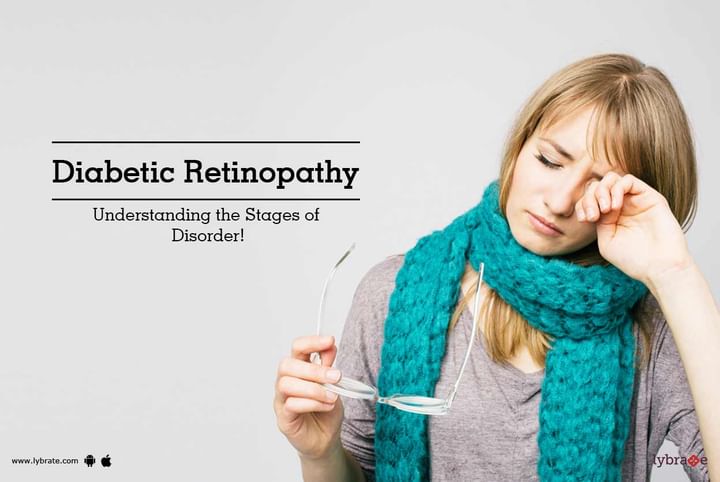Diabetic Retinopathy - Understanding the Stages of Disorder!
Also termed as diabetic eye disease, this is a disease in which the retina gets damaged due to diabetes. This usually leads to blindness. In most cases, as inferred from various studies, this affects people who have had diabetes for more than 20 years. Diabetic retinopathy can also be a problem for women during pregnancy. With proper monitoring and treatment, this disease can be cured. One major way to prevent this disease could be by regulating diabetes.
Signs and symptoms
Like many other eye disorders, this too has no warning signs. However, in general, people with macular edema are likely to have blurred vision, making it hard for the individuals to carry out tasks like driving and reading. In most cases, if not treated, the situations may worsen with time.
Stages of disorder
- Initial stage: In the initial stage, it is called non-proliferative diabetic retinopathy. There are generally no visible symptoms and patients may even have a normal 20/20 vision. The only way to detect non-proliferative diabetic retinopathy is by fundus photography in which the microscopic bulges that are filled with blood can be detected in the artery walls. In case, the patient suffers from reduced vision, to see the back of the eye, a fluorescein angiography is performed. This way the blocked and narrowed retinal blood vessels are visible. The lack of blood flow due to blocked blood vessels is called ischemia. Macular edema can occur at any stage of non-proliferative diabetic retinopathy. In this condition, the contents of the blood vessels leak into the macula region, thereby causing blurred vision, distorted images, etc. In such cases, optical coherence tomography can be carried out to show the areas in which retinal thickening has occurred.
- Second stage: The second stage is termed as proliferative diabetic retinopathy. In this stage, occurrence of new abnormal blood vessels is seen. These form at the back of the eye. These blood vessels are fragile and hence can easily burst and bleed, thereby causing the vision to blur. If this occurs for the first time, it may not be severe. Only a few specs of blood or spots floating on the visual field of the patients can be noticed. Within a few days, these spots may enlarge and the leakage of blood may increase, which can impact vision. The blood might take a few days till a year to clear entirely. In some circumstances, the blood might not clear at all. If you wish to discuss about any specific problem, you can consult an Ophthalmologist.



+1.svg)
